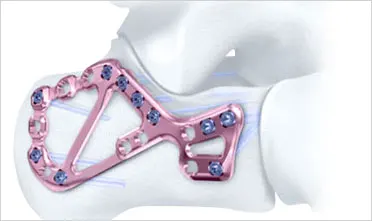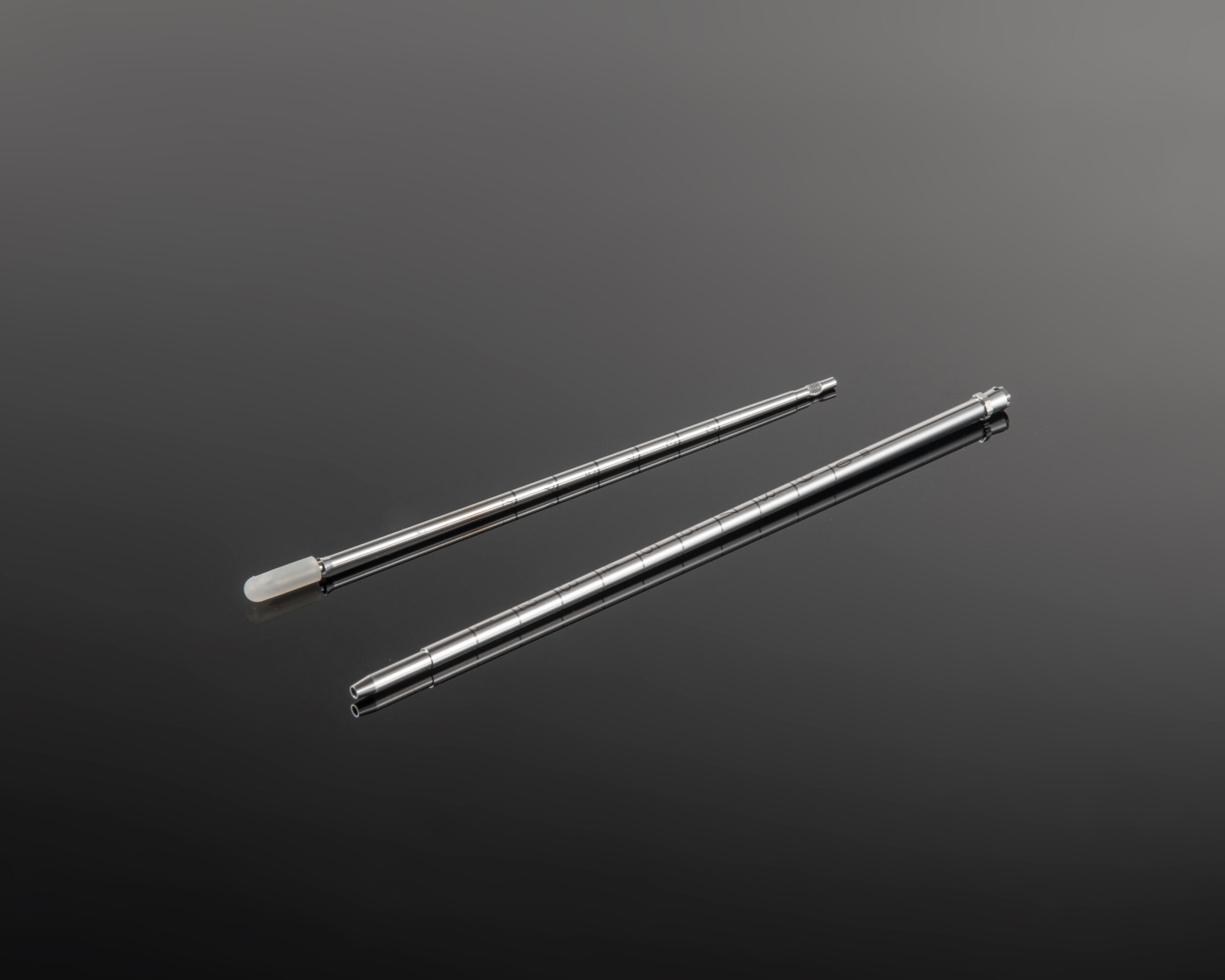




Product Overview:
Surgeons use locking plates as specialized orthopedic implants for the internal fixation of fractured bones. Unlike traditional plates, locking plates allow screws to lock into the plate, providing angular stability. Surgeons commonly use them to treat complex fractures, osteoporotic bones, and load-bearing bones such as the femur, tibia, and humerus.
Manufacturing Process:
Design & Prototyping: We use CAD/CAM software to design with precision, tailoring each design to the anatomical contours.
Material Preparation: Technicians cut and prepare the raw material to exact dimensions.
CNC Machining: Advanced 5-axis CNC machining ensures tight tolerances and complex geometries.
Surface Treatment: Includes passivation, polishing, anodizing (for titanium), or coating (e.g., hydroxyapatite).
Laser Marking: For identification and traceability (part number, batch, size).
Quality Inspection: Conducted using 3D scanners, optical comparators, CMMs, and fatigue testing.
Packaging & Sterilization: Manufacturers clean the final products, package them in sterile conditions, and often sterilize them using ethylene oxide (EO).
Materials Used:
Titanium Alloy (e.g., Ti-6Al-4V): Lightweight, biocompatible, corrosion-resistant.
Stainless Steel (316L or 316LVM): Cost-effective, strong, and commonly used in trauma implants.
PEEK (in hybrid systems): Sometimes used for radiolucency or flexibility.
Key Features:
Angular Stability: Locking mechanism between screw and plate prevents loosening.
Minimized Bone Compression: Suitable for osteoporotic or weak bones.
Anatomical Contour: Pre-shaped to match human anatomy, reducing the need for intraoperative bending.
Multiple Fixation Options: Allows for both locking and conventional screws.
Corrosion Resistance: A high-grade surface finish enhances implant longevity.
Radiographic Visibility: Designed for easy monitoring under X-ray or fluoroscopy.














